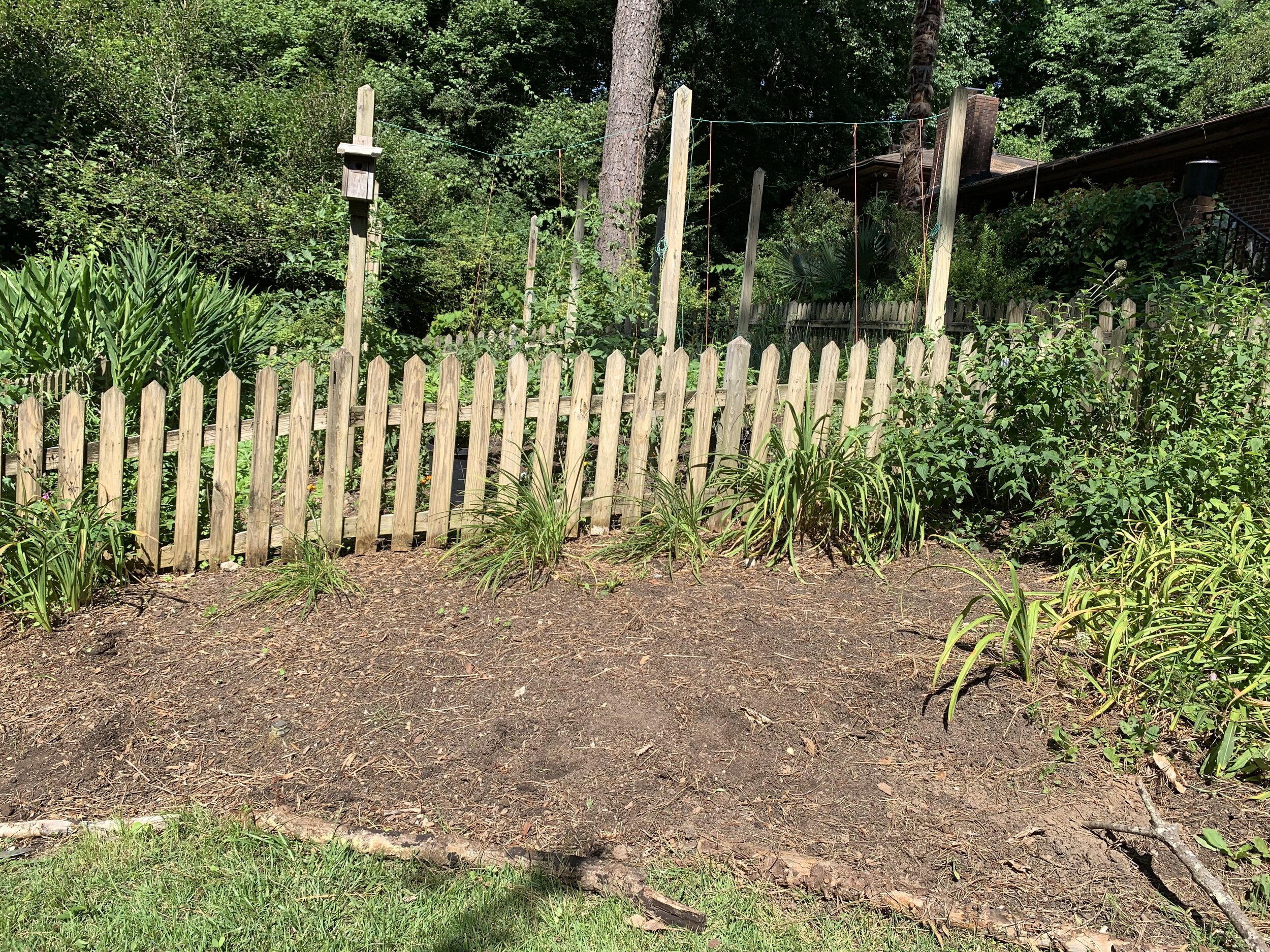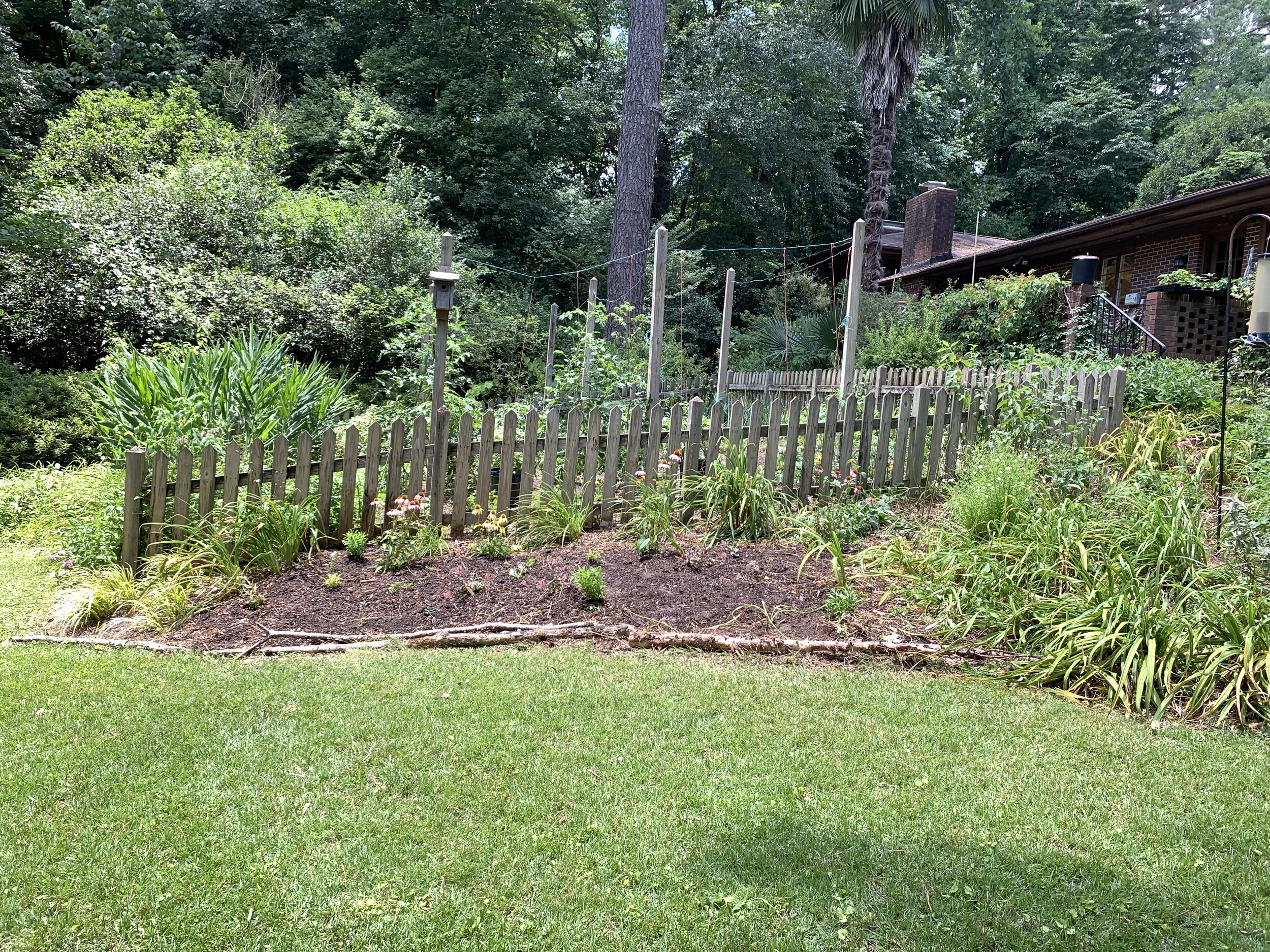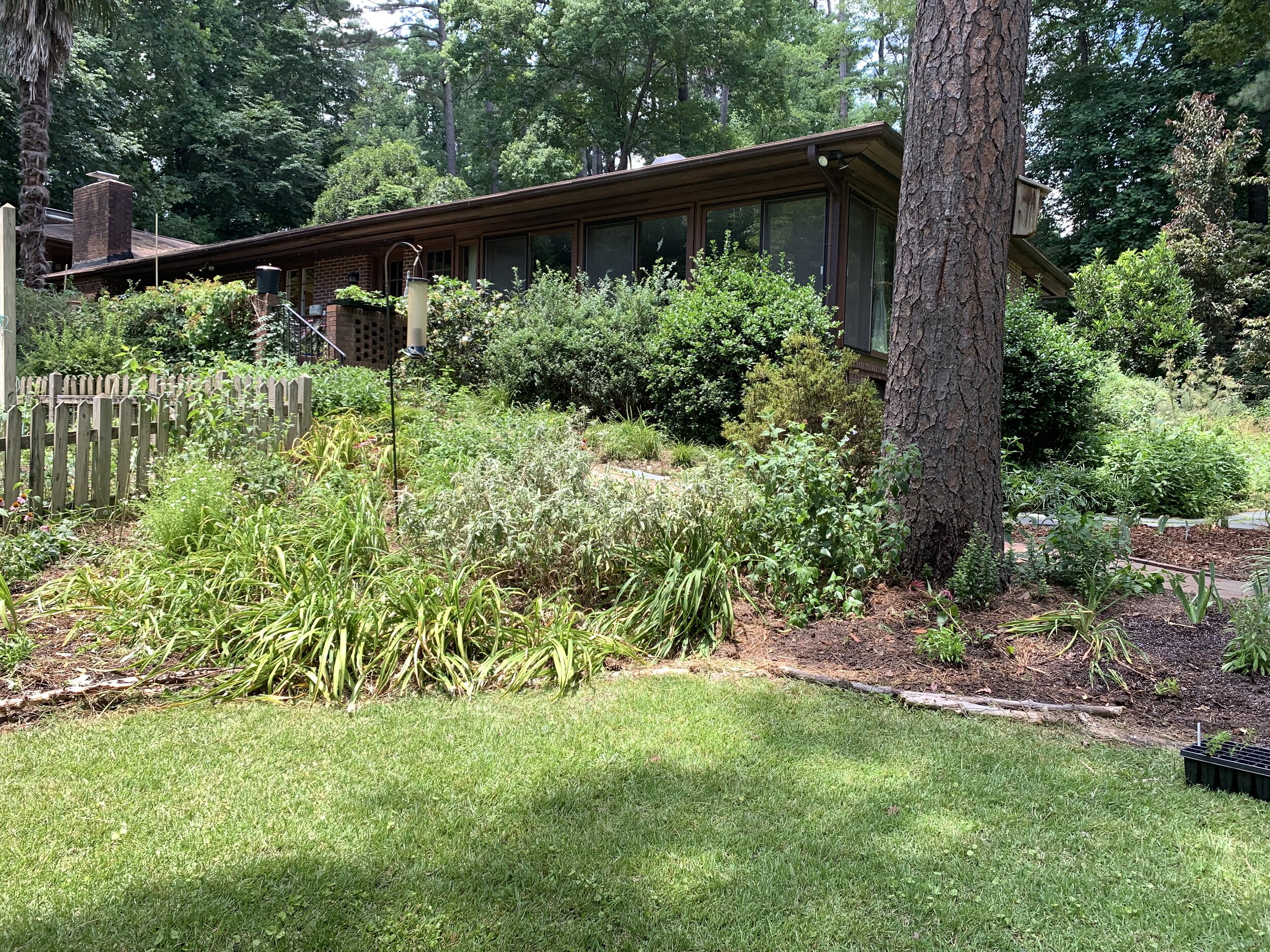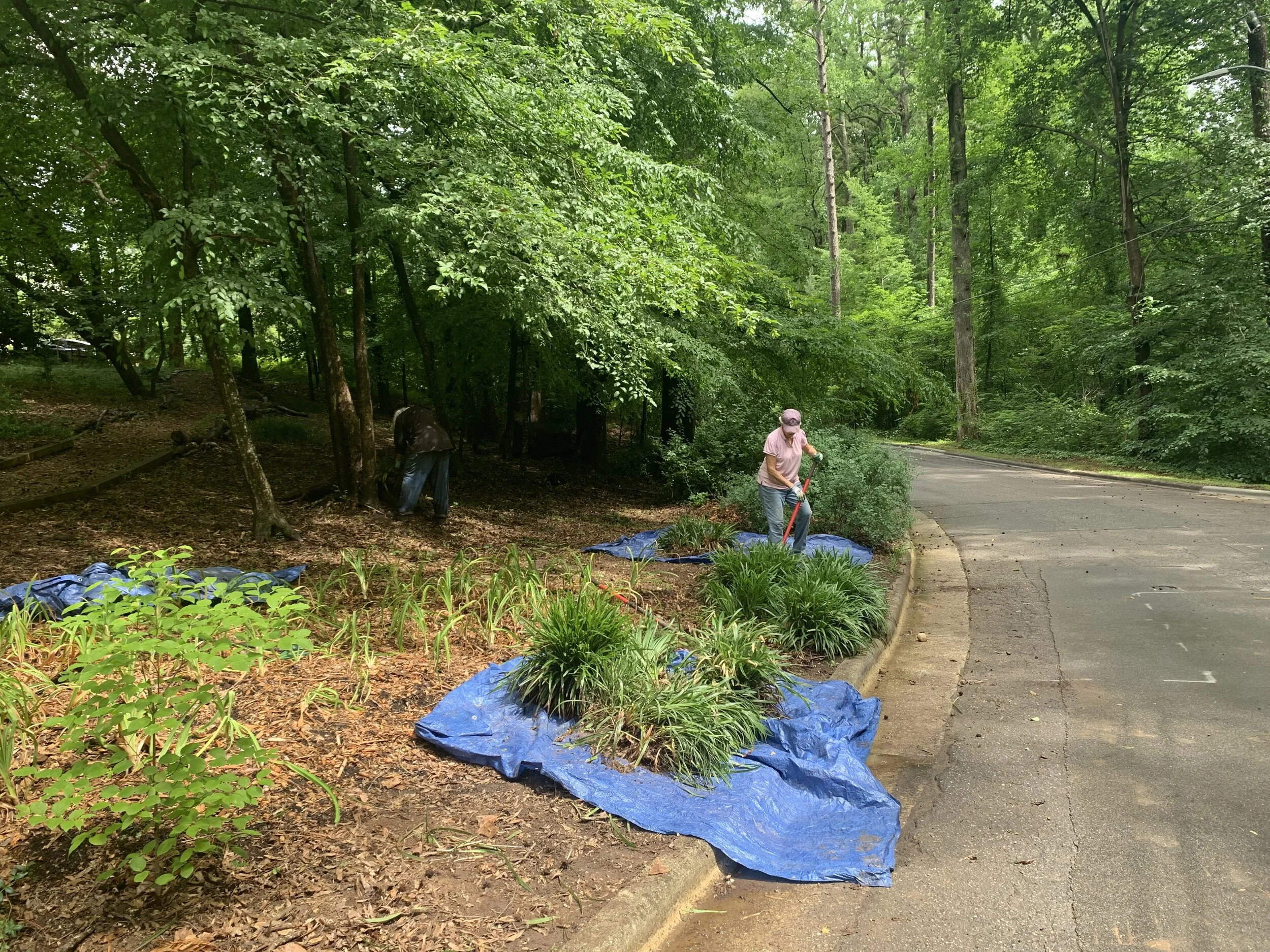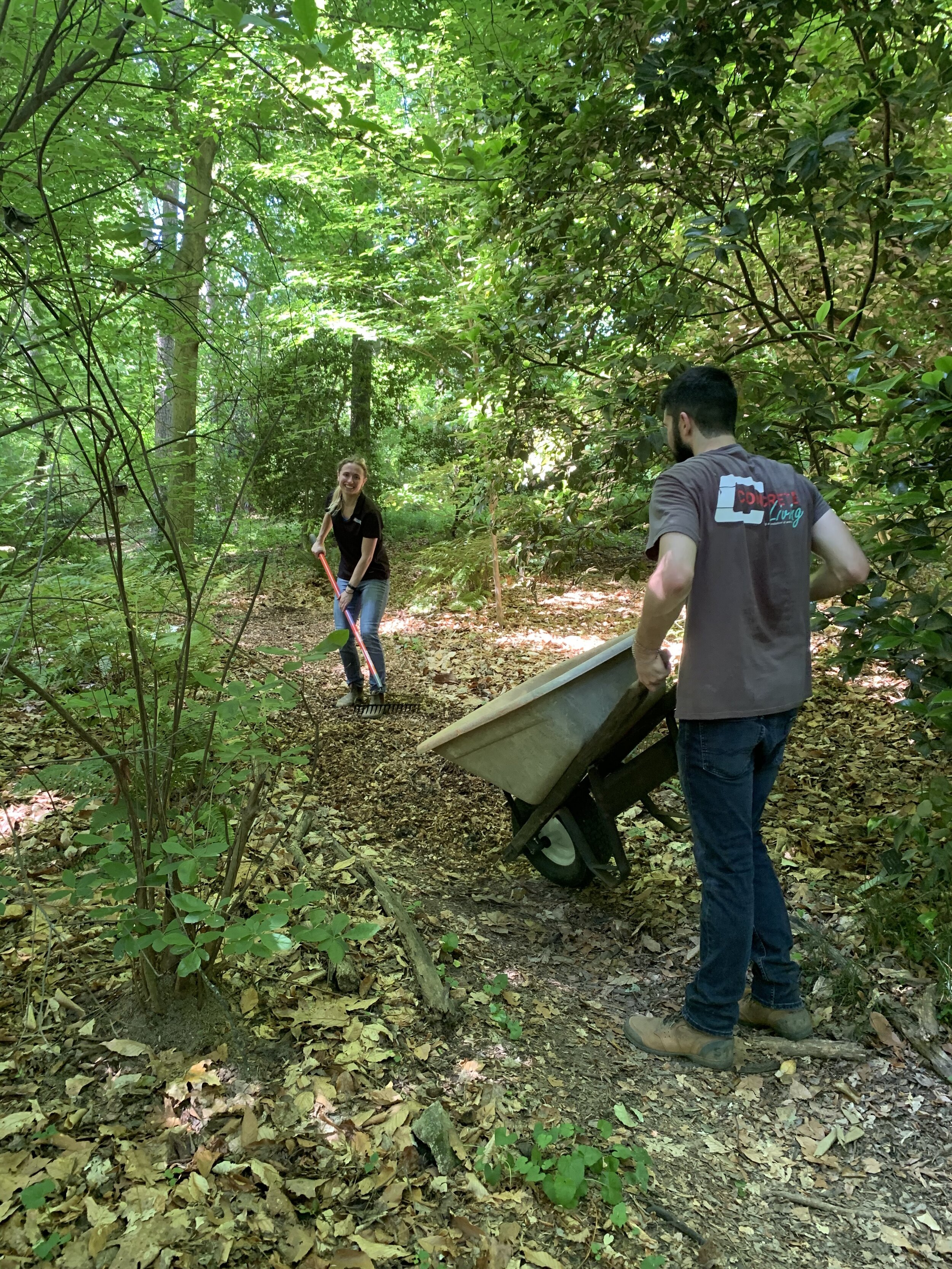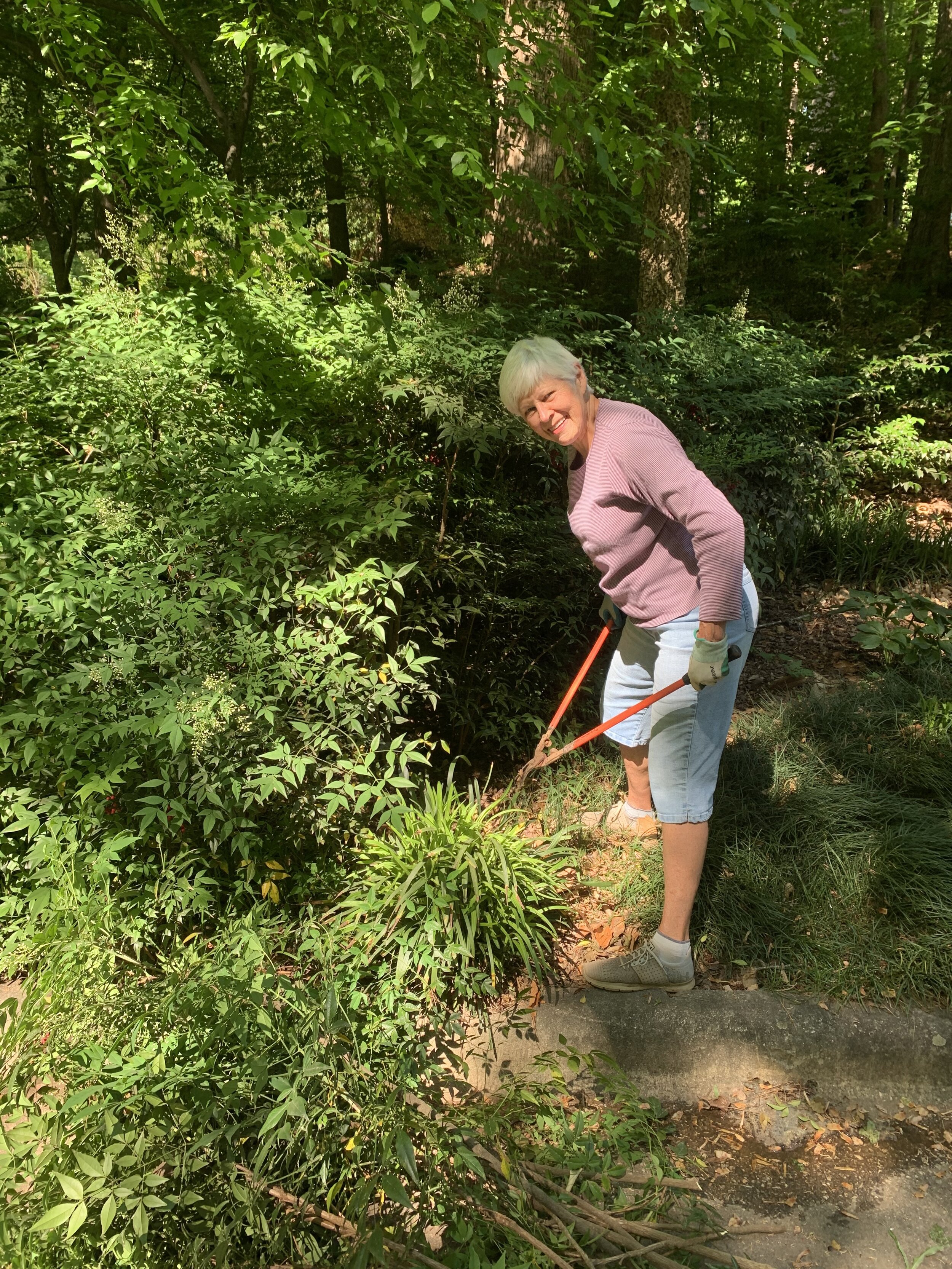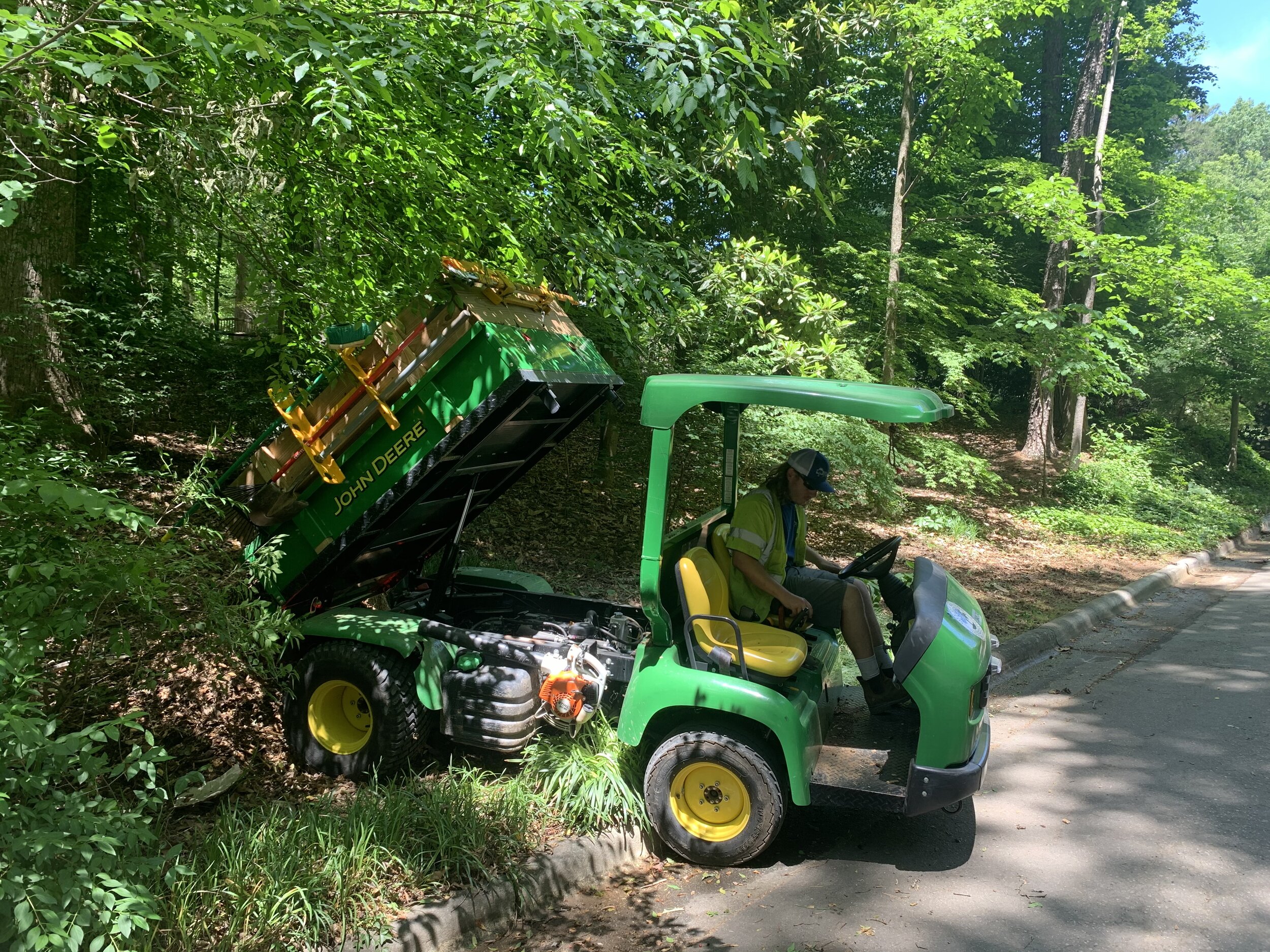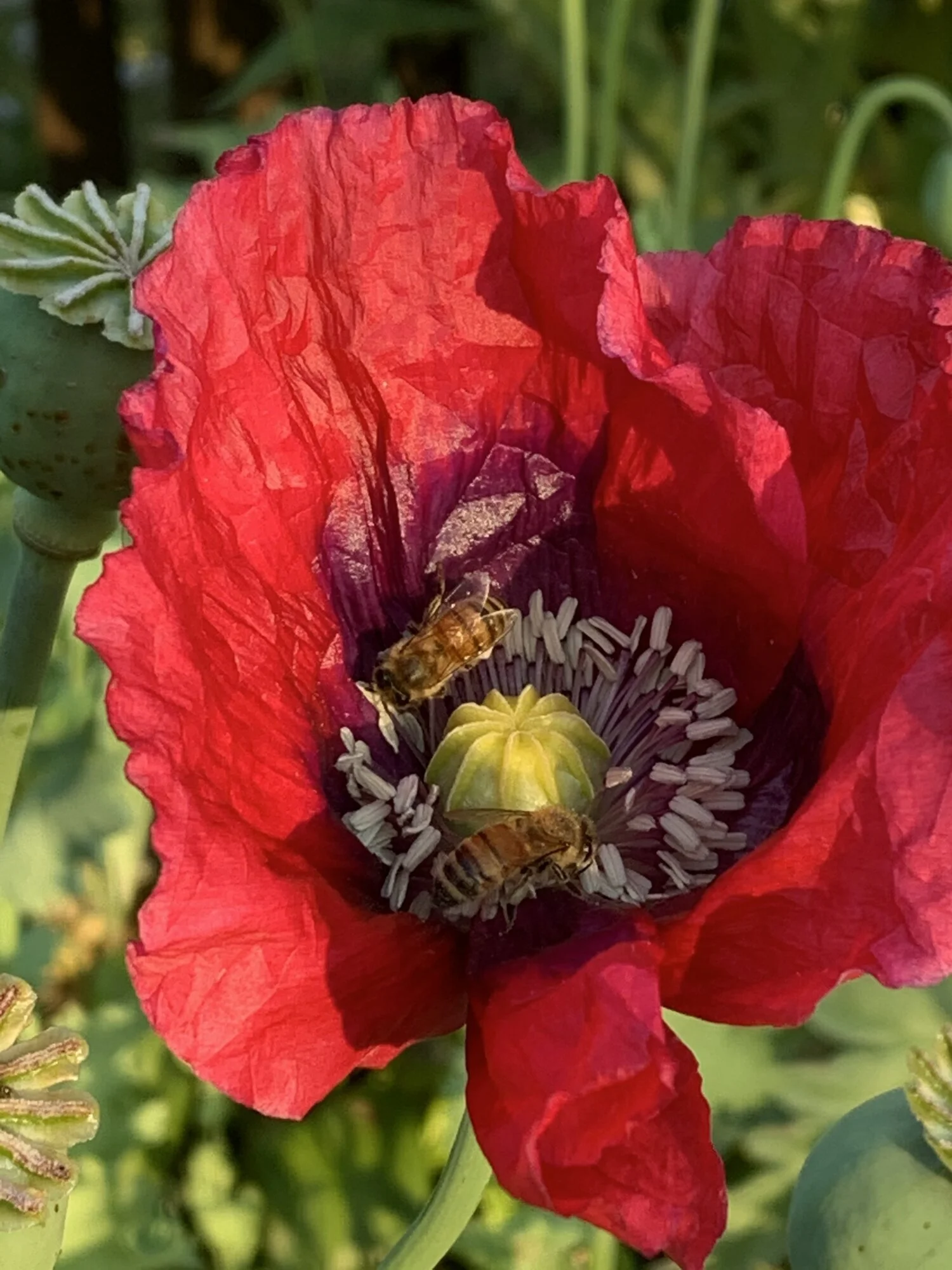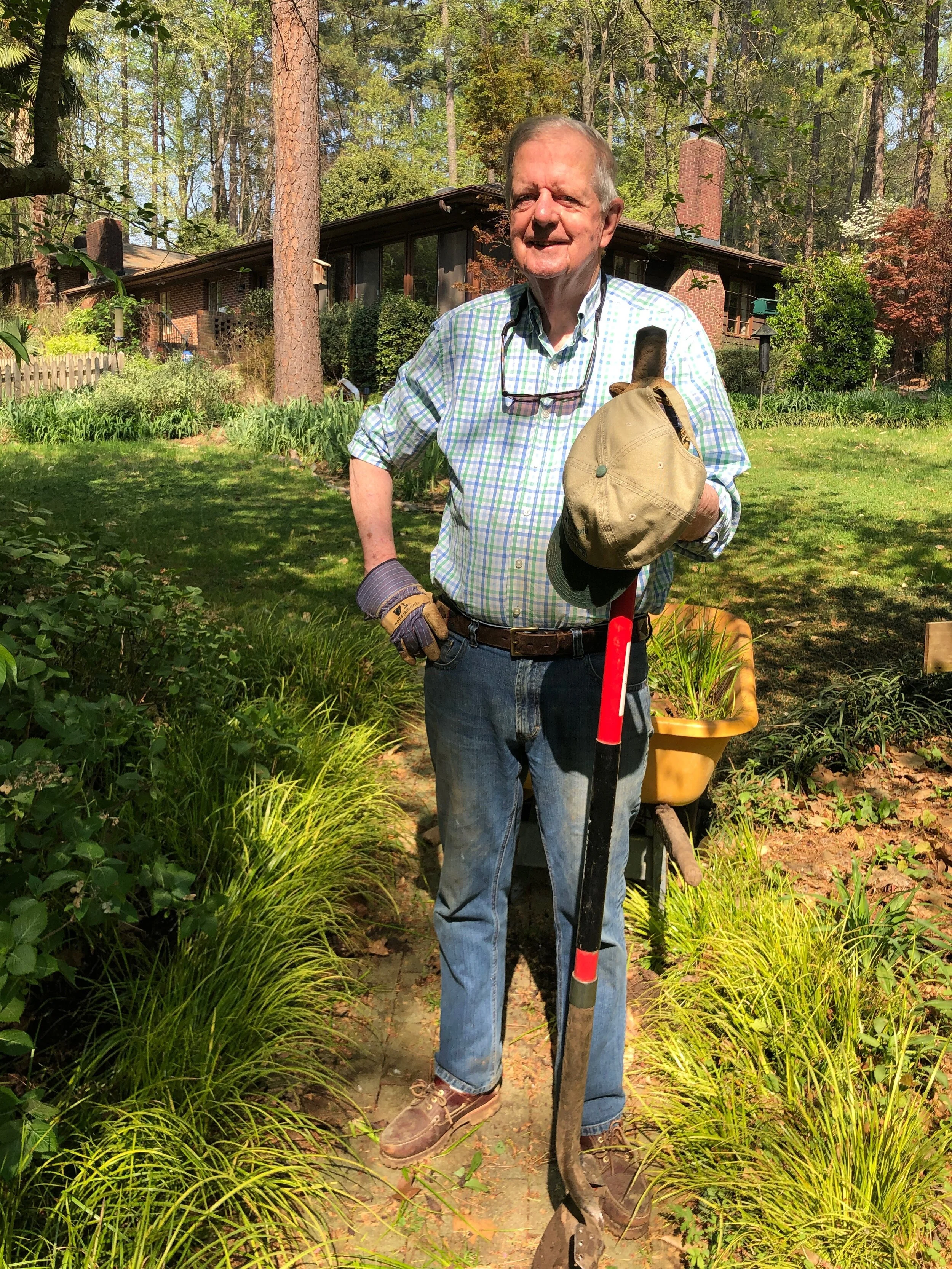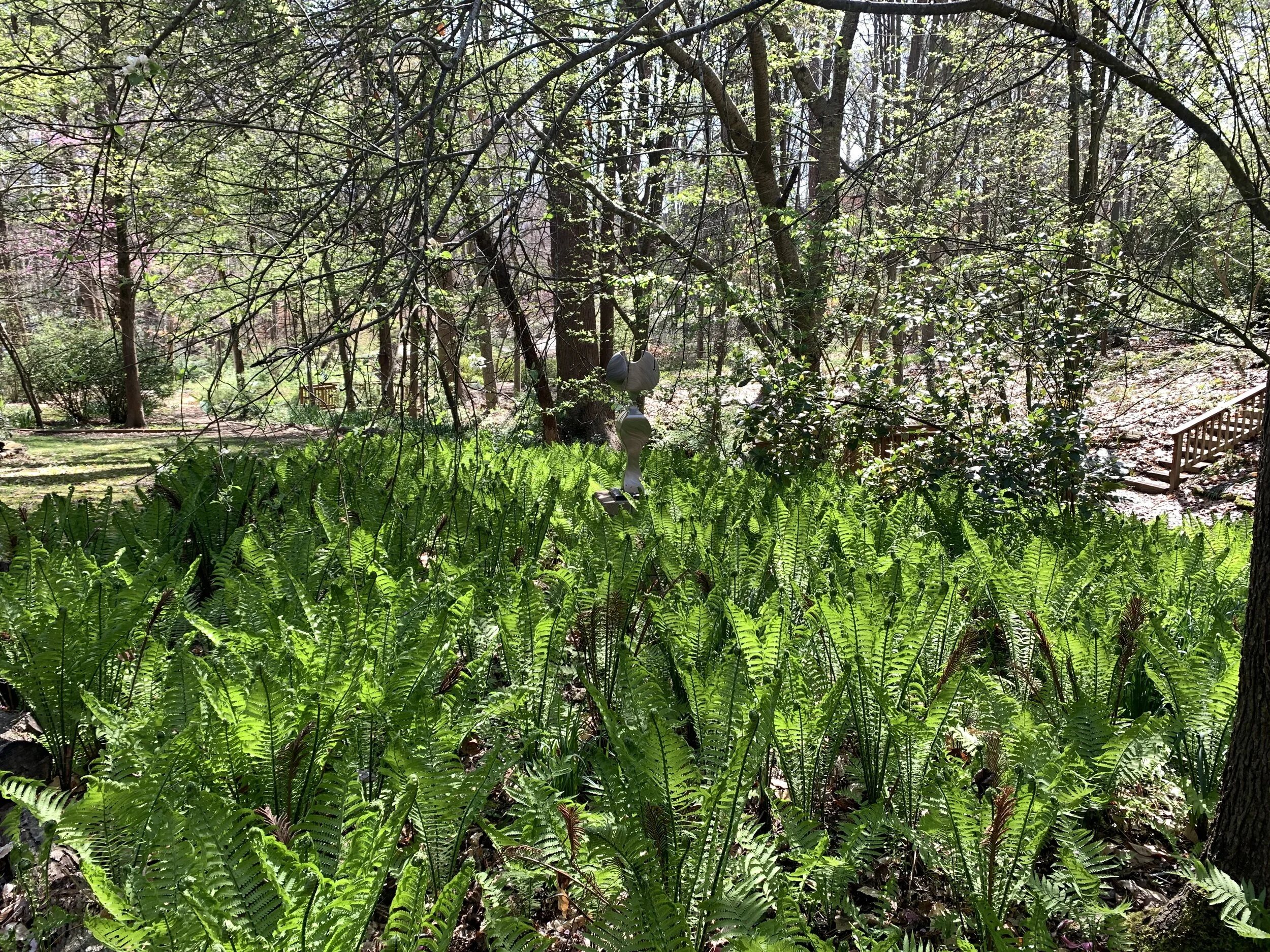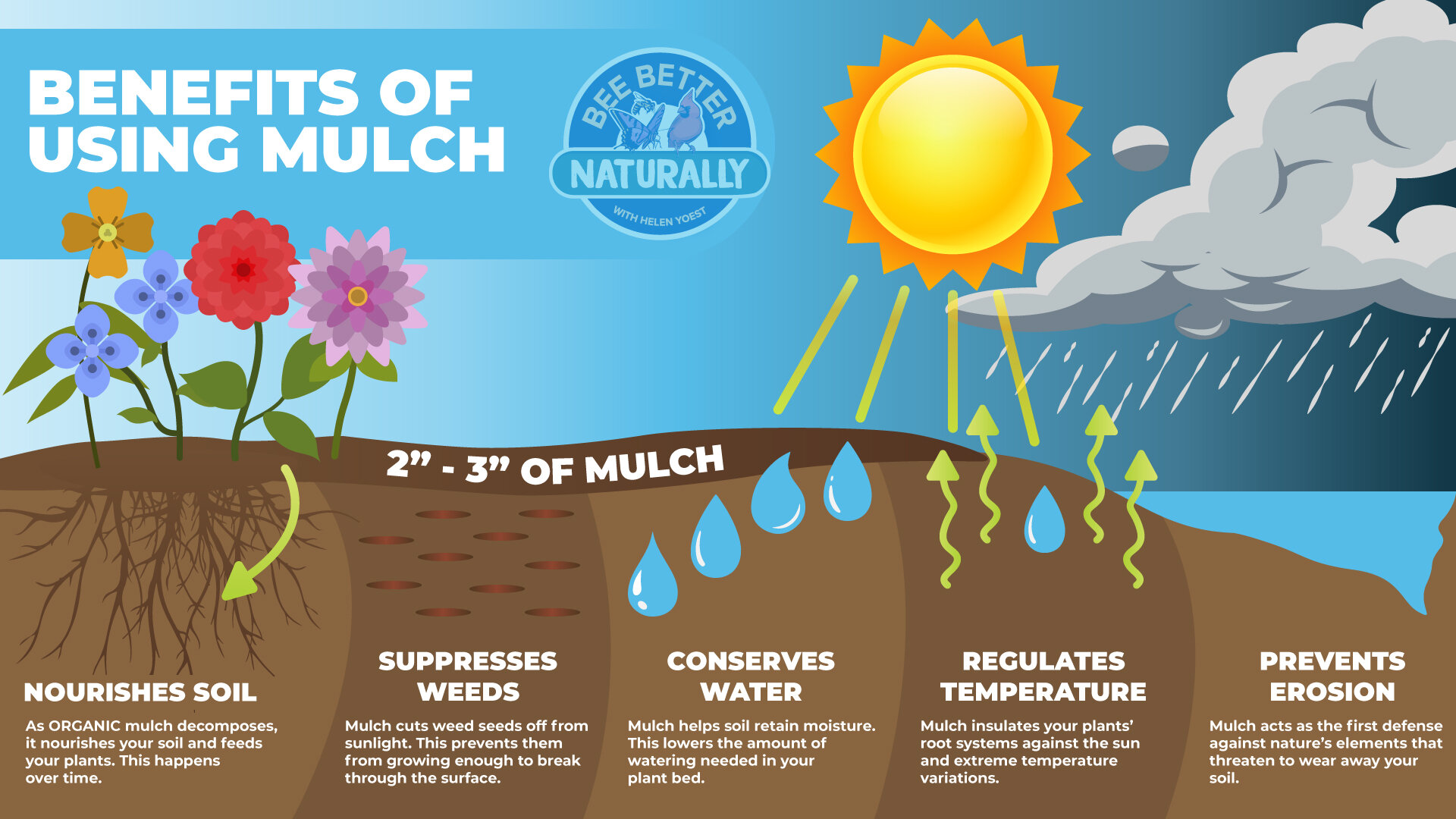TUESDAY
The Golden Gate Bridge
Today brought new beginnings for me and The Joslin Garden! Starting today, The Joslin Garden will be the sole City garden in my care. My part-time (32 hours per week) will be my full-time job. It will be a combination of garden maintenance, writing the weekly post and plant profiles, creating a plant database, and anything else that needs to be done.
MY ARRIVAL
At 7:00 AM I arrived at the sound of one of the resident owls. The other birds were finishing their morning choir. I was alone. No one was with me or watching me, but my work habit has always been, work like someone is watching! It’s a work ethic that has served me well, and the City recognized it. I appreciate that so much!
Still, it was kind of a funny feeling to be so alone; yet I love working alone. I had a moment when I missed my work-mates and checking in at Central Business Division. It’s a great group to work with, but The Joslin Garden is a prize for me. It takes a unique set of skills to do what I’ll be doing, and I happen to have each and every one of them. Then again, I kind of wrote the job description ;)
I am the first gardener employed since the City acquired The Joslin Garden, and I have a fancy new title, Program Coordinator. I’ll be doing what I started on January 6, 2021, but at the pace of four days a week.
Given the rate I have been generating yard waste, I’m not sure we will have enough yard waste cans or tarps to handle all we generate in a week. . As it is, I could fill a dump truck for each Friday’s pick-up, and that was only working on Thursdays! Mind you, Thursday is volunteer day, So I didn’t generate all that amount of waste on my own. Now I’m not sure what’s going to happen. Today alone, all alone, I gathered a dump truckload. Yikes! But this won’t always be the case.
As we move forward, I’m visualizing two maintenance plans—The Golden Gate Bridge Plan (GGBP) and The General Garden Maintenance Plan (GGMP. )Both plans will occur simultaneously, but not necessarily each and every visit. For the most part, volunteers will work on The Garden Gate Bridge Plan, and Nell, Alliene, and I will work on The General Garden Maintenance Plan.
THE Golden Gate Bridge MAINTENANCE PLAN (GGBP OF)
What?!?! Why the Golden Gate Bridge? What’s that got to do with garden maintenance?
Did you know the Golden Gate Bridge is continually painted? I find this interesting. Starting from one end, the painters paint across the bridge to the other end. Once finished, in about a year, the painters start over. Painting the Bridge is an ongoing task and a primary maintenance job. That is how I see The Joslin Garden as the BIG picture plan of Nature and the Conservancy areas. We will start at the street, which we have already, and work our way around the natural areas of the garden. This will likely take a year, and then we will need to start again. These tend to be BIG projects like the time we had The Samet Corporation volunteer apply mulch to our paths. We need more. Maybe they will want to return! Our friends with the Gardeners of Wake County will also be part of this plan.
I would be remiss not to mention volunteer Art. Art has been a steady worker and willing to take on these kinds of tasks. We are currently limbing up. Art and I have been working on this. As of today, though, this work will become part of the GGB plan. Art will continue with this along with other volunteers, when available. In my head, I have a list of cool projects, but I’ve not written them down yet.
Today, I continued from last week to create the new Perennial Garden. Tomorrow, I get to go plant shopping at the City’s greenhouse. Yippee!
Morning light on the hardy begonia, front view Begonia grandis
Morning light on the hardy begonia, back view Begonia grandis
I need mulch. I also need a sprayer, garlic, and crushed red pepper. Neal, my supervisor, is on vaca now, so when he returns, I need to figure how to get supplies. I’ll start with 4 cubic yards of the City’s composted leaf mulch, dumped at the top of the driveway. A Thursday morning would be best.
Resident rabbit.
Rabbits are taking over the garden, and they have a particular love for pentas, Pentas lanceolata. Did you know you can make your own rabbit and deer repellent? Start by filling a one-gallon container, such as a milk jug, with water. Crush five garlic cloves and add to the water. Add a teaspoon of crushed red peppers and 1 tablespoon of dish soap, to use as a surfactant.. This will allow the mixture to stick to the leaves. Shake the container very well and then place it outdoors in the direct sun for two days.
I was remiss to get an after shot. Nell, I promise the foliage is at least gone. Let’s see about cutting up the logs!
Ah yes, even our native trees can be weedy. What you see in the photo above is the absolute BIGGEST fallen redbud, Cercis sp. There were two grown together even. Those are the sprouts growing from where it had been trimmed time and time again. Ultimately, we want this tree removed, but need a BIG chainsaw to make short work of this. Some day!
I managed to dig up some nice porcelain vine, Ampelopsis brevipedunculata, roots. This vine is my absolute nemesis. These shoots will be removed as we find them.
WEDNESDAY
I arrived at the sound of a cicada welcoming me. The resident birds were finishing their choir. I knew it was going to be a hot one, and it was.
As I had my coffee, deciding where to start, I choose to start in the most visible garden. I deemed that the garden to the left of the home entrance.
I could name all the weeds I removed on the left, but I don’t want to relive it. View facing the driveway.
I cleared out all the weeds, on the left, but it was hard to tell in the picture, so I didn’t include it. View at entrance.
On my list for next week is to cut back and remove the garden phlox, Phlox paniculata spp. Most of these will go in the new Perennial Garden. They are serving as a ground cover now where the light is low; further down the path, the phlox is more upright where more sun shines.
After this weeding was done, I went shopping at the City’s greenhouse. I filled my CRV. #OhWhatFun!
I met with Sarah (or is it Sara; I must find out.) I think we are kindred spirts since we both have an environmental background) at City’s greenhouse to pick up plants to fill the new bed. I need more. Yep. I need more, but my SUV will only hold so much at a time. I’m making the Greenhouse happy, finding homes for plants that need a home. Once I returned, I placed the new additions where I wanted them planted. I ran out of time today to plant, but hopefully, I’ll make a dent tomorrow in planting before Tropical Depression Elsa arrives.
My new pollinator garden, yes, it is MINE! haha. This is the first garden in my sole care. Before, I was a helper to Anna, my work mate. I miss her already.
THURSDAY
I started my day at 6:00 AM as I wanted to get as much done as could before Elsa arrived. I got a good dent on planting, but there is still a lot to do. Once it started pouring, I when to my home office to write this post. Then the power went out. A power line went out a block from me. I’m not sure if a car hit the pole, or what, but the pole was laying across the street.
As the opportunist as I am, I went back to the City’s greenhouse to get more plants. I’ll drop by tomorrow once Elsa lets me. Hi Jenna and Kim! When you are starting with nothing, you can use it all! I will also begin an educational piece to publish separately on Friday.
With the power still out, I crossed my fingers that my old stand-by Herghty’s would have power. They did, so I’m here watching the rain come down, writing today and tomorrow’s posts.
Hereghty’s is near and dear to me. Not far from my house. I would spend everyday there writing my first book, Gardening With Confidence. It was a best seller!
Tiger swallowtail, female. Common host plants for the female Tiger Swallowtail to lay her eggs include, the tulip tree, Liriodendron tulipifera, wild black cherry, Prunus serotina, and sweet bay Magnolia, Magnolia virginiana.
Apheloria tigana. Yellow and black flat backed millipede
The yellow and black flat-backed millipede, Apheloria tigana, is one of my favorite insects. I guess because, when handled, it smells like almonds. I love the smell of almonds. I guess you could say, it’s an insect with benefits! What you are really smelling is hydrogen cyanide, which, in low concentrations, smells like almond extract.
Until soon,
Helen Yoest (M.S.)
Joslin Garden Program Coordinator




















